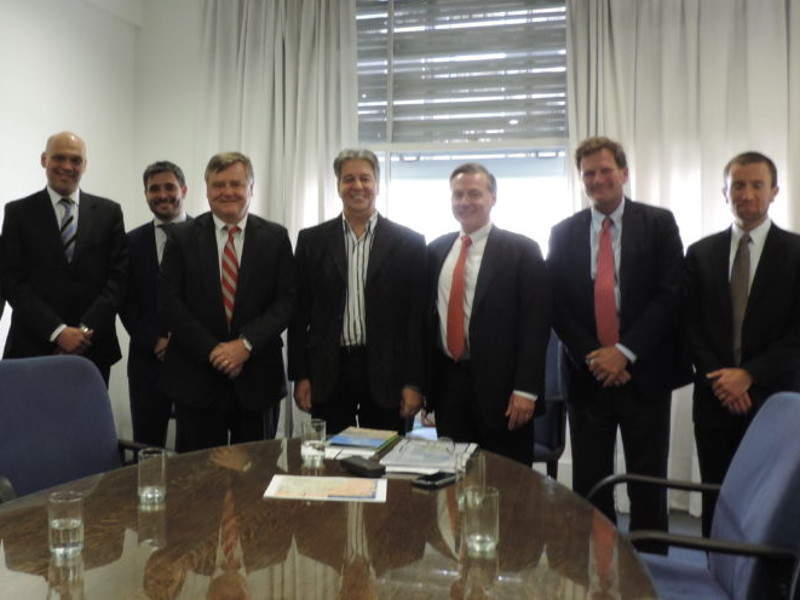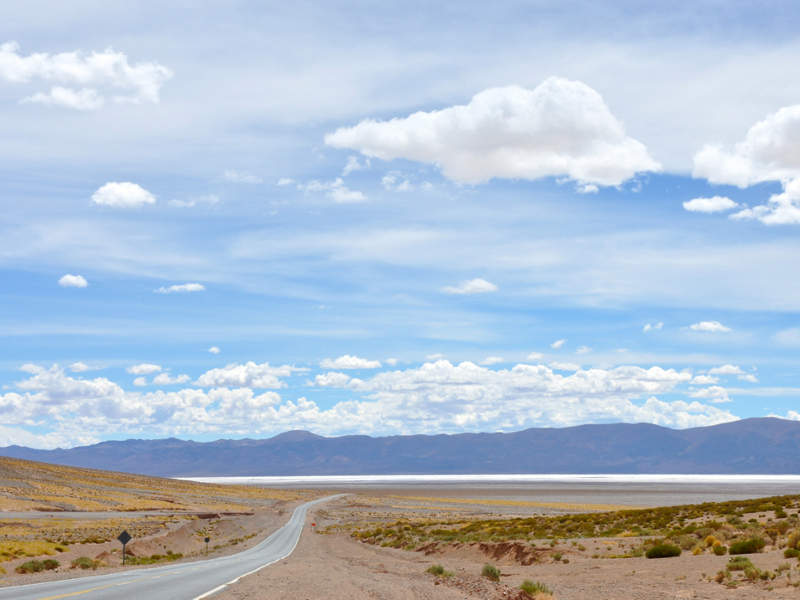The Cauchari-Olaroz lithium project is a 40,000 tonnes per annum (tpa) lithium brine project under construction in Salar de Olaroz and Salar de Cauchari in the Jujuy province in north-west Argentina.
The project is 100% owned by Minera Exar, a joint venture between Lithium Americas Corp (LAC) and China-based Ganfeng Lithium.
LAC completed an updated feasibility study for the project in March 2017, which predicted an initial annual production of 25,000 tonnes (t) of battery-grade lithium carbonate. Early construction works were initiated in the first half of 2018.
The project development partners decided to increase the annual production capacity to 40,000tpa based on the results of a definitive feasibility study (DFS) in September 2019.
Scheduled for commissioning in 2021, the £438m ($565m) project is expected to produce 40,000t of battery-grade lithium carbonate a year over an estimated operational life of 40 years.
Ownership details
Ganfeng Lithium became a stakeholder in the project by acquiring a 37.5% stake in Minera Exar from Chilean miner SQM in October 2018. The Chinese firm increased its interest to 50% in a £131m ($160m) transaction in August 2019.
Further, in February 2020, Ganfeng Lithium entered into definitive agreements with Lithium Americas to increase its ownership to 51% by subscribing new shares of Minera Exar in exchange for a cash payment of £12.4m ($16m).
The remaining 49% stake in the project will be held by Lithium Americas, after the completion of the transaction in August 2020.
Geology and mineralisation
The Cauchari and Olaroz salar area is hosted by north-south trending high-angle normal faults and northwest-southeast trending lineaments.
The area is filled with flat-lying sedimentary deposits consisting of red slits of clay and sand, banded and massive halite beds, and salt beds. The salar bodies are partially separated by Archibarca Fan, which is an alluvium intrusion.
Cauchari-Olaroz mine reserves
The Cauchari-Olaroz mine is estimated to hold 1.1 billion cubic metres of brine reserves grading 607mg/l lithium.
The project is estimated to contain 682,920t of lithium metal and 3.6 million tonnes of lithium carbonate equivalent (LCE) in proven and probable reserves.
Mining and processing at Cauchari- Olaroz lithium project
Conventional brine mining will be used for the Cauchari-Olaroz project. A total of 40 brine production wells are planned to be drilled at the mine.
The brine extracted from the wells will be pumped using submersible electric pumps into the solar evaporation and liming ponds. Salt deposits at the bottom of the ponds will be removed and moved to the deposit area using bulldozers, front-end loaders, and dump trucks.
The brine will be moved to the brine concentrate pond and processed in a hydrometallurgical facility to remove boron, magnesium, calcium, potassium, and sulfate. A solvent extraction stage will be used to remove boron, while a mix of soda ash and lime in a reactor will be used to remove magnesium hydroxide.
Calcium will be precipitated with soda ash to separate calcium carbonate. The sulfate residue will be precipitated with barium chloride, while potassium will be separated by filtration and crystallization method.
“The Cauchari-Olaroz mine is estimated to contain proven and probable reserves of 281,633t, grading 698mg/l of lithium.”
Lithium carbonate will be separated from the mother liquor using thickeners, and overflow and underflow filters. A compaction and micronization system will be used to obtain fine battery-grade lithium carbonate with a purity of 99.5%. Produced lithium will be packed in 0.5t-1.2t maxi bags and 20kg-25kg bags and transported by trucks to the port of Antofagasta in Chile.
Infrastructure at Cauchari-Olaroz mine
The project can be accessed via National Highways 9 and 52 near San Salvador de Jujuy and Salta in Argentina.
Natural gas will be sourced from the Rosario gas compression station of the Gas Atacama pipeline. Water for the project will be supplied from groundwater wells.
A new 138kV transmission line will be laid to connect to the existing 345kV transmission line situated 60km from the site. Two substations of 345/138kV and 132/23kV will be developed to achieve the interconnection. A diesel generating station will provide power supply during power outages.
A warehouse is planned to be developed for storing equipment and consumables. Temporary and permanent camps also are planned to be developed.
Financing and off-take agreements
BCP Innovation, a wholly owned subsidiary of Bangchak Corporation, is providing $113m in financing for the project. Bangchak will also provide $80m loan to LAC for the construction of the project.
LAC entered an off-take agreement with Ganfeng and Bangchak in January 2017. Ganfeng will purchase 70% LAC’s stake in the mine, which may increase to 80% only when Bangchak’s 15% off-take is effective.
Contractors involved with Cauchari-Olaroz lithium project
POSCO signed a heads on agreement with LAC to develop a demo processing plant with an operating capacity of 200tpa of lithium carbonate-equivalent.
Montgomery & Associates, AquaResource, Groundwater Insight and ACSI were involved in preparing the DFS for the project.





